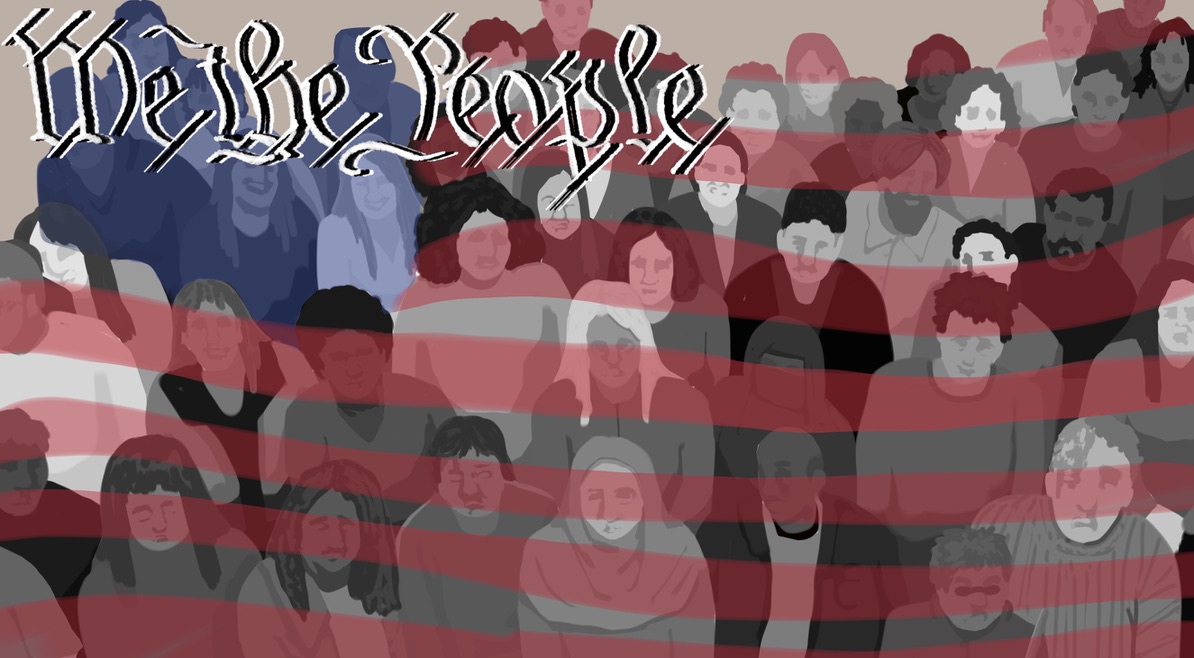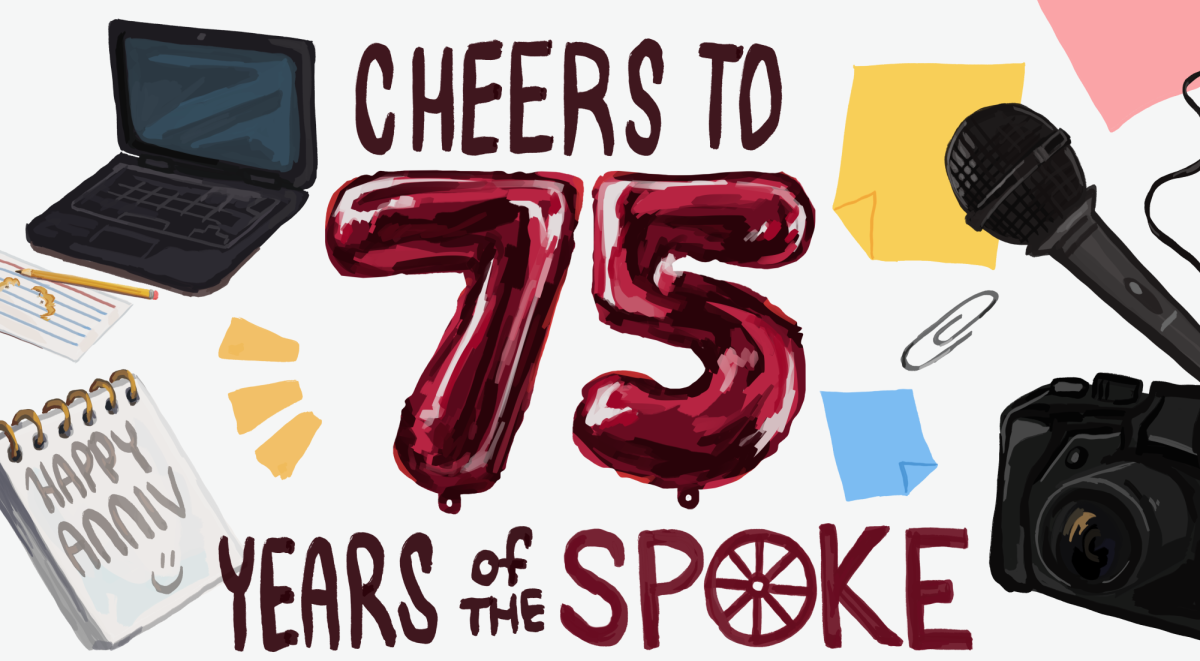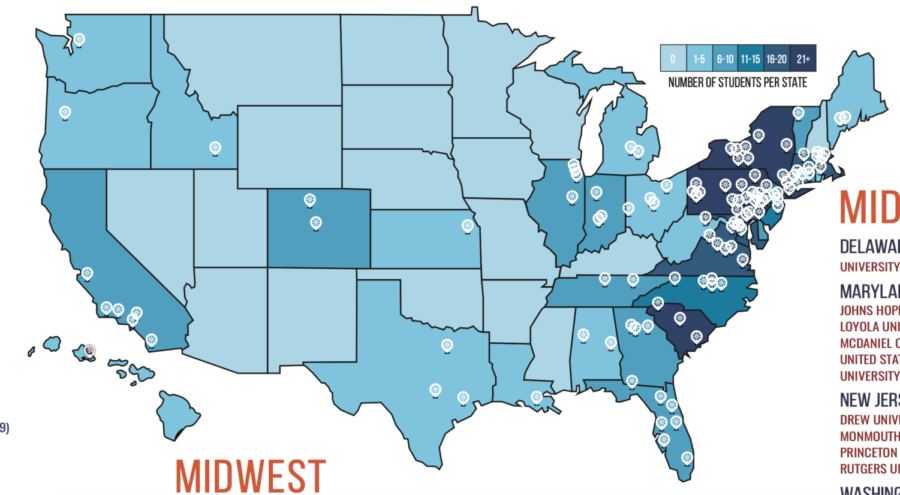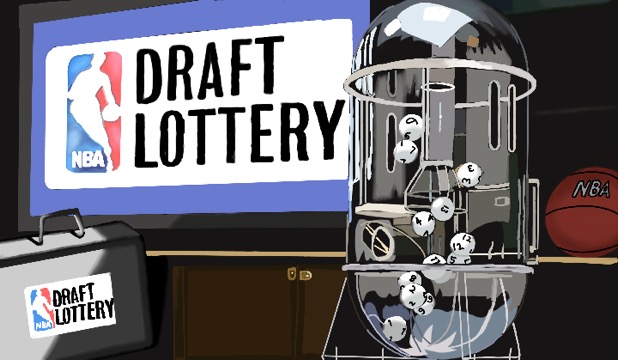If you’ve scrolled on social media recently, you’ve seen him. This time, he’s not flexing muscles at the gym or going on and on about stocks. This time, he’s holding a matcha latte in one hand, a Simone de Beauvoir book in the other, listening to Clairo through wired earbuds and sporting a brand new Labubu keychain clipped to a graphic tote bag. He seems sensitive, cultured and even feminist — but is he really? Welcome to the era of the performative male.
According to the website Know Your Meme, a “performative male” is a man whose behaviors and personality appear “inauthentic and seem to revolve around ‘performing’ for other people’s worldviews, tastes and interests,” often directed toward the female gaze or an online audience.
The idea of performative males isn’t new. Every decade seems to have its own version, from the brooding “emo” boys of the early 2000s to the indie “soft bois” of the 2010s. What’s changed today is the platform: Social media has simply spread this performative behavior farther and faster than ever before. Every action is now filtered through the mindset of curating a specific image for public consumption.
Where it gets especially problematic is when performative males curate their values, too. Reposting feminist slogans, adopting queer-coded traits or taking on traditionally “feminine” traits, like caregiving or empathy, can appear progressive on the surface. But when these gestures are solely done for attention, they lose all meaning.
Performative male contests, featuring male and female students, emerged as a trend across U.S. college campuses throughout September. The goal, according to The Hill, is to “imitate” performative males, with “millions of viewers mocking men” who fake their political beliefs or pretend to read books in order to attract women, with prizes ranging from gift cards to books. Cornell University’s newspaper, The Cornell Sun, reported on one participant who wore a piece of paper reading “I hate period cramps (6’ 2” btw)” taped onto his shirt. Participants at other schools, such as the University of Wisconsin-Madison, the College of William & Mary and the University of Connecticut, even threw menstrual products at the crowd.
Beneath this humor, these contests expose another troubling pattern. Performative males collapse women’s diverse experiences into a monolithic audience to impress. They use ideas of gender inequality or marginalization as tools for attention and social visibility.
It’s true that some argue that this trend might have a silver lining. By adopting interests or values associated with “feminine” traits, men could be helping feminist ideas or emotional expression be more acceptable in male-dominated spaces. Even when the intentions aren’t entirely authentic, these acts can jumpstart conversations about gender. But even so, the fact they’re mostly for show undermines any real impact. Using these ideas as props make them feel hollow, and in the end, performative male acts draw eyes without creating any true understanding.
So how can you tell if a man is performative? Look for consistency and depth. Are his actions motivated by genuine care or by trendiness? Does he engage in “performative” acts when no one is watching? Does he live by the values he preaches? But truthfully, the most important question isn’t about him at all: It’s why we reward performance in the first place. Sure, the memes and the videos are funny, but they just show that we’ve been conditioned to applaud appearances over authenticity. Don’t let facades set the standard for progress.
Audrey Kim can be reached at [email protected].
























































































